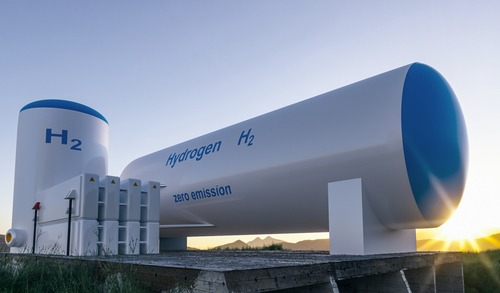National Labs unite to study large-scale hydrogen storage under $6.75M federal grant

Researchers from Lawrence Livermore National Laboratory (LLNL), Pacific Northwest Laboratory (PNNL), and the National Energy Technology Laboratory (NETL) will receive $6.75 million from the United States Department of Energy (DOE) to consider large-scale hydrogen storage for the next three years.
Funding, provided by DOE’s Office of Fossil Energy and Carbon Management (FECM), will go toward studying the possibilities of such storage in geologic formations. Researchers will seek to determine and overcome the technical and operational risks of subsurface hydrogen storage to both humans and the environment, utilize emerging technologies to create better and safer storage systems, and assess what technical, operational, and economic concepts are needed to allow such storage for pure hydrogen or hydrogen-natural gas blends.
“This is an exciting project for us because it addresses a timely and critical component of a low-carbon energy future,” Joshua White, LLNL reservoir engineer and principal investigator, said. “At the same time, the required expertise builds on LLNL’s decades of experience working in the subsurface on related technologies such as geologic carbon storage, natural gas storage, and geothermal energy.”
The project is called SHASTA, short for Subsurface Hydrogen Assessment, Storage and Technology Acceleration. Researchers will divide up their efforts: White will join LLNL reservoir engineer Nicola Castelletto on subsurface modeling work, a lab geochemist, Megan Smith, will study high-pressure, high-temperature experimental possibilities. All hope to advance hydrogen as a low-carbon fuel option for various applications, but there are traditional hurdles.
In large amounts, hydrogen must be stored in salt dome structures or caverns, and many regions lack such geological prerequisites. Therefore, part of this project will involve investigating whether porous media — similar to underground natural gas storage reservoirs — would be an acceptable alternative and whether existing natural gas storage infrastructure could be adapted and re-used.
Material compatibility, reservoir-scale performance, and the characterization of microbial interactions with these efforts will all be major focuses for researchers.
